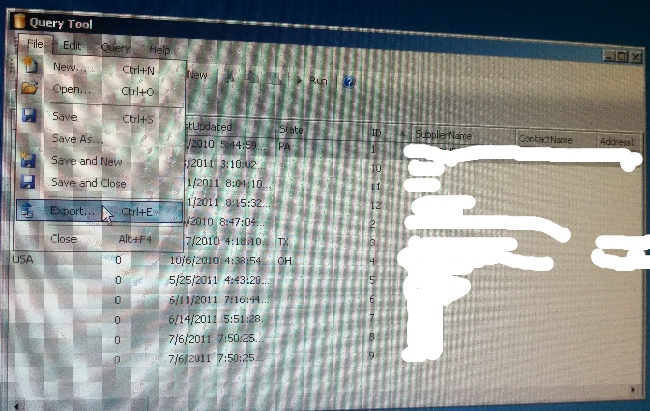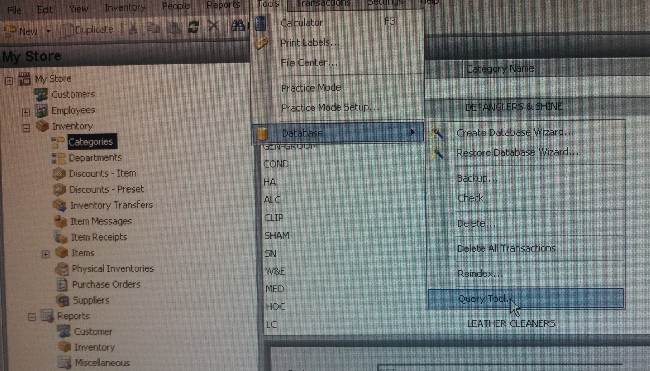

Navigate to ‘Settings’ -> ‘Data Management’ -> ‘Bulk Record Deletion’ to view the bulk delete system jobs. You can leverage the bulk delete system jobs to delete unneeded records from these tables. If your organization has heavy use of workflows or business process flows, these table will grow over time and eventually become large enough to introduce performance issues as well as consume excessive storage in your organization database. Additional records will also be created in the WorkflowLogBase table to maintain logs for the workflow execution.īusiness Process Flows also store BPF stage transition and action logs for the BPF in the WorkflowLogBase table. The Microsoft Graph UserVoice is always open, and we also created this specific survey to share your feedback.When an async workflow is triggered in your CDS organization, a record will be created in the AsyncOperationBase table to track the processing of the async job. Please follow this blog or read What’s new in AAD for updates.Īs usual, we’re eager to know what you think about the new capabilities to help us shape the future direction of our APIs. We are working to implement the support for it, but we don’t have any date to communicate yet. The new advanced query capabilities are not yet available in B2C tenants. We would like to hear from you! Current limitations and next steps If you think you got all the answers right, and you want to be contacted by engineers working on the Microsoft Graph Identity workload, leave your mail in the last question. This will help you learn about the nuances of Microsoft Graph, OData, and Azure AD.

We created a challenging quiz to test your knowledge of Microsoft Graph and directory objects. The following screenshot shows the Not Equal filtering in action. NET Core app that mimics Graph Explorer, where you can use the advanced filter, search, and orderBy clauses. NET developer, there is nothing better than to have a simple SDK to access the power of our queries. $userCount variable will contain the result-set count.

Note: if you need to use search, remember to escape it with the single quote character like in the example above. If you’d like to use the advanced query capabilities, you need to add the ConsistencyLevel eventual and count parameter to your queries: get-mguser -consistencyLevel eventual -count userCount -search '"displayName:room"'
Microsoft dynamics rms query to delete all items windows#

You’ll see the implementation of these new capabilities in the Azure Portal soon. users?$count=true&$filter=onPremisesExtensionAttributes/extensionAttribute1 eq '' users?$count=true&$filter=extension_ eq '' Propertyĭevice’s approximate Last Sign in DateTimeįinally, we added the support for extension properties and on-premises extensions. We also indexed new properties, enabling sorting and filtering. users?$count=true&$filter=endsWith(mail, '') users?$count=true&$filter=officeLocation ne null


 0 kommentar(er)
0 kommentar(er)
